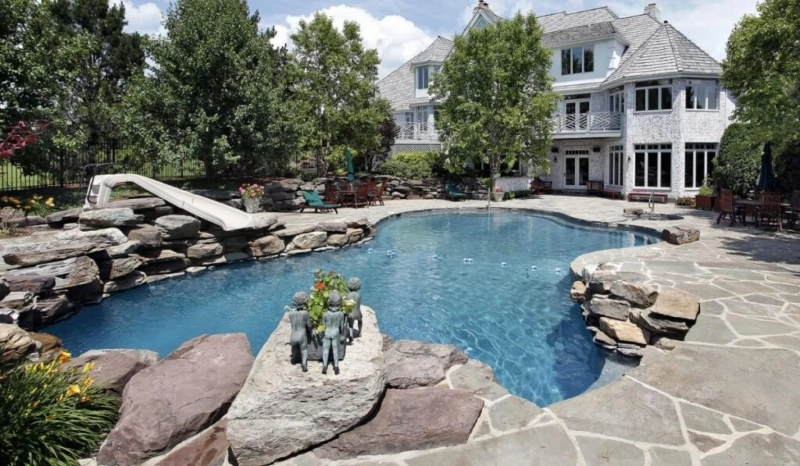Owning a gunite pool offers an unparalleled experience of luxury, relaxation, and enjoyment in your own backyard. However, it's essential to understand that along with the initial investment, there are ongoing costs associated with maintaining a gunite pool. In this article, we will delve into the various factors that contribute to the cost of maintaining a gunite pool. By understanding these expenses and adopting smart practices, you can optimize your pool's maintenance while keeping costs under control.
Upfront Costs
Before diving into the ongoing expenses, it's important to acknowledge the initial costs associated with gunite pool maintenance. These include the construction and installation expenses, which encompass materials, labor, permits, and any additional features such as lighting or water features. While these upfront costs are not directly related to ongoing maintenance, they should be considered when evaluating the total cost of owning a gunite pool.
Energy Consumption
One of the primary ongoing expenses of maintaining a gunite pool is energy consumption. The pool pump, which is responsible for circulating the water and keeping it clean, requires electricity to operate. Understanding the energy efficiency of your pool equipment and optimizing its usage can significantly impact your utility bills. Investing in energy-efficient pool pumps, timers, and LED lighting can help reduce your overall energy costs without compromising the quality of pool maintenance.
Chemicals and Water Treatments
To keep your gunite pool water safe, hygienic, and balanced, the use of chemicals and water treatments is necessary. These include chlorine or alternative sanitizers, pH adjusters, algaecides, and shock treatments. The frequency and amount of these chemicals depend on factors such as pool size, usage, and environmental conditions. While the cost of chemicals can vary, it is crucial to strike a balance between maintaining water quality and controlling expenses. Regular water testing and accurate chemical dosing can help minimize chemical waste and optimize their usage.
Routine Cleaning and Maintenance
Maintaining a clean and debris-free gunite pool requires routine cleaning and maintenance. This involves tasks such as skimming the surface, brushing the walls and floor, vacuuming, and emptying the skimmer and pump baskets. While many pool owners choose to handle these tasks themselves, hiring a professional pool cleaning service is an option to consider. The cost of professional cleaning services should be factored into the overall maintenance budget.
Repairs and Upgrades
Over time, gunite pools may require repairs or upgrades. These can include resurfacing the pool, fixing cracks, replacing tiles, or upgrading outdated equipment. It is important to allocate a portion of your maintenance budget for potential repairs and factor in the lifespan and warranty of your pool components. Regular inspections and addressing minor issues promptly can help prevent more significant and costlier repairs in the future.
Conclusion
Maintaining a gunite pool involves a variety of ongoing costs, including energy consumption, chemicals, routine cleaning, and potential repairs. By understanding these expenses and implementing smart practices, you can effectively manage the cost to maintain a gunite pool while ensuring its longevity and enjoyment. Regular maintenance, proper chemical balance, energy-efficient equipment, and proactive care will not only optimize your pool's performance but also help keep costs under control, allowing you to fully unleash the potential of your gunite pool.


